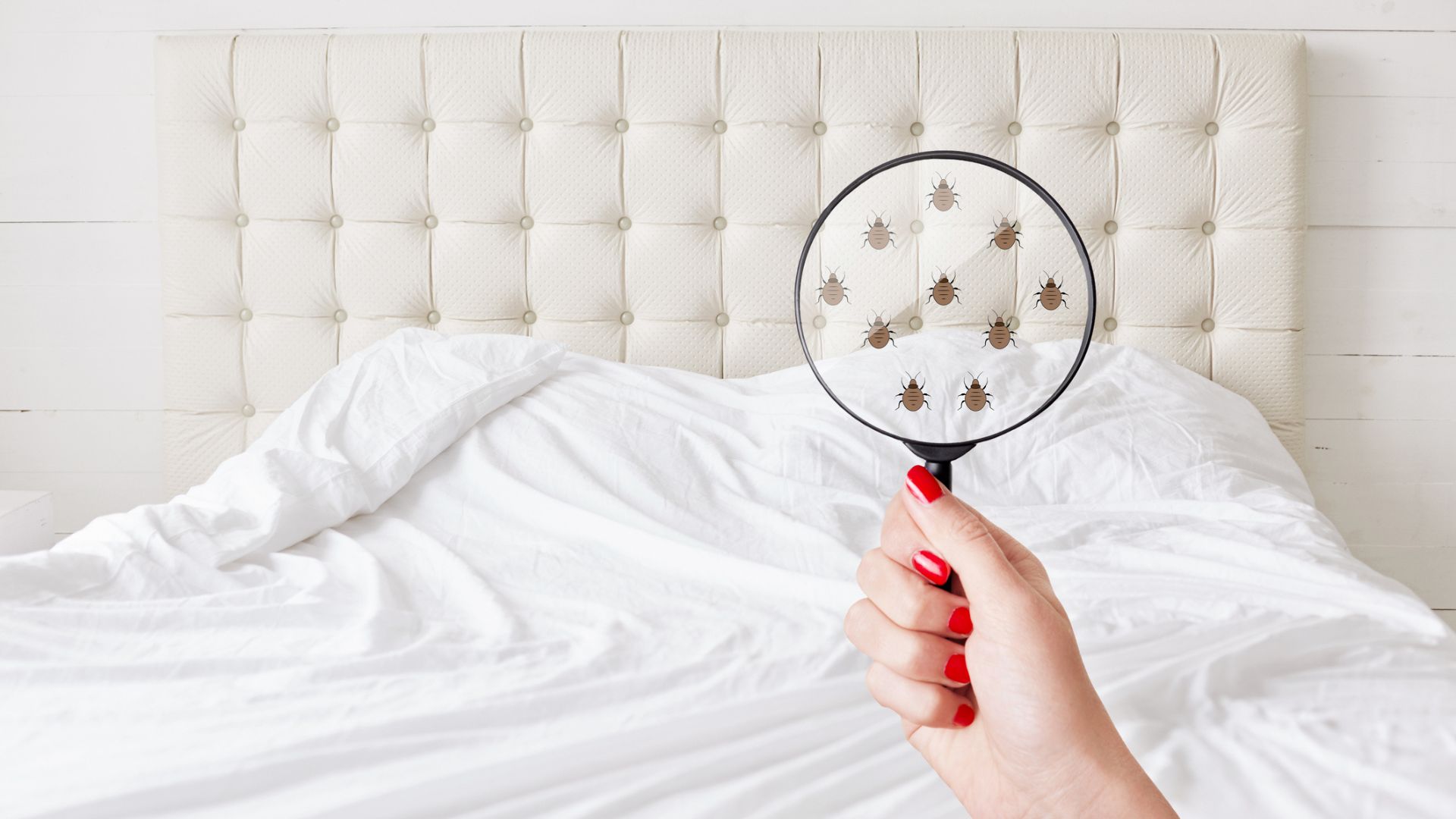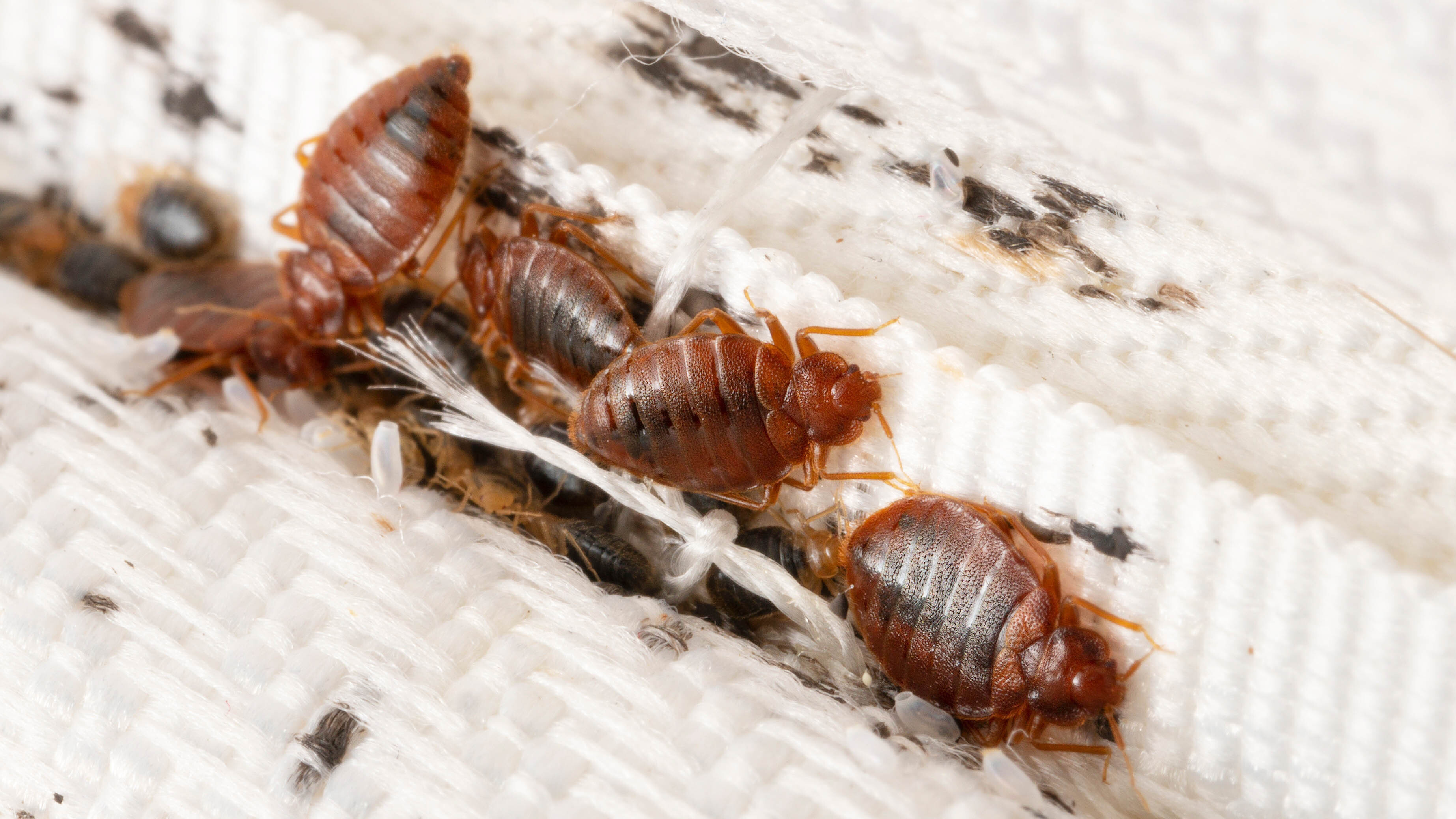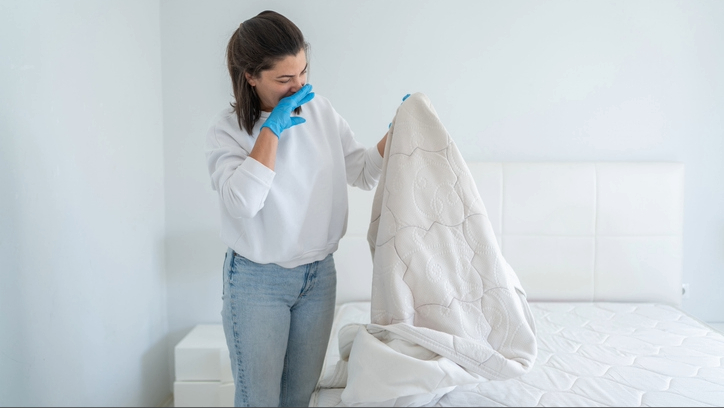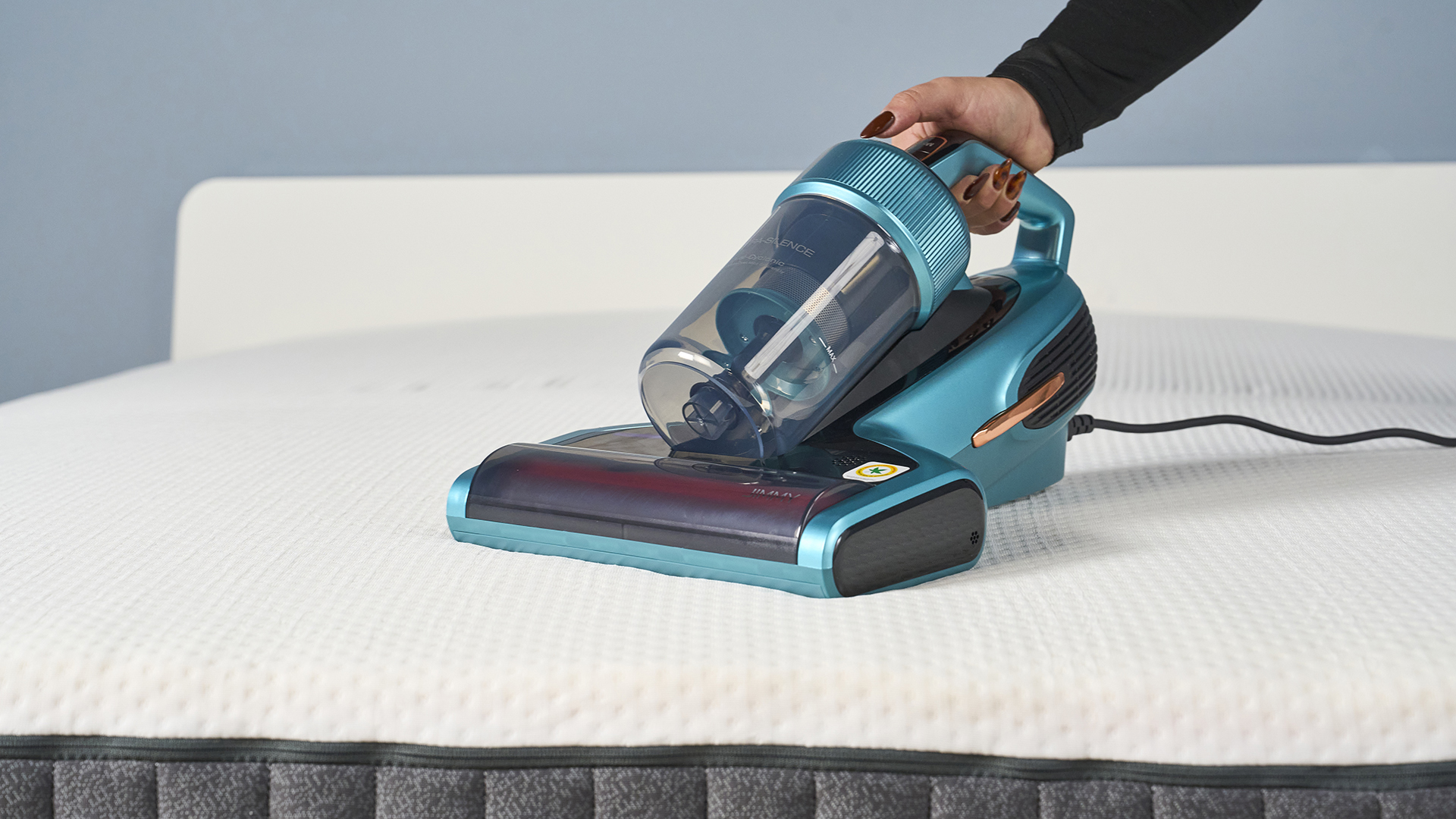Would you be able to spot a bed bug in your mattress? 71% of Americans wouldn't — here's how
It's bed bug season — but 71% of Americans don't know how to spot these pests

As gross as it sounds, bed bugs live in the nooks and crannies of mattresses. Even when you think your sleep set up is immaculate, they can still be lurking.
Yet, only 29% of Americans know how to identify bed bugs, a new survey on behalf of the National Pest Management Association (NPMA) reports.
Even the best mattresses you can buy online right now are not resistant to these blood-drinking sneaky creatures, and it's not only your own bed you should be worried about. Hotels can be breeding grounds of bed bugs too.
The researchers also found just 28% of Americans check their hotel rooms for bed bugs before staying overnight, even though 70% of pest control professionals have dealt with hotel/motel infestations
So, here's how you can make sure you're clued up on these pests to make sure they don't infiltrate your home, or keep you company on your trips away...
71% of Americans don’t know how to identify a bed bug — so what are they?
“Until you've seen a bed bug infestation up close, it's hard to understand just how sneaky these pests really are," says Dr. Jim Fredericks, Senior Vice President of Public Affairs for NPMA.
Bed bugs are small parasitic insects that live in mattresses, bedding and furniture. Specifically, they are reddish brown insects (when fed) measuring approximately 5mm to 7mm with a relatively flat and oval shaped body.
Get instant access to breaking news, the hottest reviews, great deals and helpful tips.
Bed bugs get darker after they feed on blood, making them more detectable. They are pale or tan when unfed but become darker, often a mahogany brown, after a blood meal.
5 ways to identify bugs in your bed
If you’re part of the majority who don’t know how to identify a bed bug, take note of the following tell-tale signs your bed, or hotel, has an infestation…
1. Rusty stains
Due to their red pigment, rusty color stains on your mattress can be a sign of crushed bed bugs. Remember these bugs latch on to your skin during the night so you can easily squash them into the mattress when rolling over.

These stains can also be the result of the bugs' excrement after a feed. Yuck!
2. Bug debris
What's worse than having bugs in your bed? Sleeping among their faeces too *retch*. Dark spots, i.e. faecal spots, in your bed can be a sign of bed bug activity. These droppings are most likely to appear in clusters.
Bed bugs also shed their exoskeletons (outer shell) about five times as they grow, leaving behind translucent, often yellow-tinted casings. These will look like dead skin particles in your mattress.
These moltings will take the same shape as the bed bug itself and can be found anywhere on your mattress, but will tend to congregate along the seams.
3. Spot a bug
Bed bugs are not easily identified by eye — they are microscopic and hide away in the crooks and crevices of your mattress until it's dark.
However, if you do spot something crawling in your sheets, you can take a shot at determining if it is a bed bug rather than other creepy crawlies by taking note of its size, color and shape (remember they are rusty brown, around 5mm and oval shaped).
You're more likely to spot adult bugs than young bugs who haven’t fed in a while. These youngsters can be nearly impossible to spot thanks to their translucent appearance.
4. Musty odor
As they feed off human blood, bed bugs give off a rustic smell. While a lingering iron odor could be the result of a rusting metal bedframe, it could also be a sign of a bed bug infestation.

But you shouldn't rely on scent alone as the potency of this smell may not be that strong if there's not many bed bugs present. Be sure to regularly scan your mattress, or hotel bed upon arriving, to catch sight of any bugs.
5. Skin bites
Perhaps most alarming of them all, rashes and bites on your skin could indicate you're being bitten through the night as these unwanted bed guests feed off your blood.
These bugs penetrate the skin, leaving behind itchy bite marks. In worse cases, you can get allergic reactions to these bites, causing the rash to swell and spread.
What should you do if you spot a bed bug?
If you suspect bed bugs, your first port of call should be to determine the extent of the problem so you can plan your next steps.
Completely strip your bed, putting all bedding on a hot wash to kill any lingering bugs and eggs. Then check around your home (particularly in the seams of chairs and sofas, in carpets and crevices on the walls) to see if the bugs have spread.
If they have, you may need to call in the professionals to deal with the problem. Otherwise, these home remedies should do the trick.

First, pull out the vacuum. You'll want to thoroughly vacuum every inch of your mattress to get rid of any stray bed bugs. Then empty the vacuum bag or cylinder into a bin outside to make sure they don't escape in your home.
Bed bugs can't beat the heat, so I recommend steaming your mattress next to kill off any stragglers. I've tested (and loved) the Koitat mattress steamer, or you can steam clean your mattress with your standard iron. Either way, pay particular attention to hiding spots like any folds or creases in your mattress.
To prevent further infestations, consider setting up bed bug traps in your bedroom.

Eve is a sleep tech product tester and writer at Tom's Guide, covering everything from smart beds and sleep trackers, to sleep earbuds and sunrise alarm clocks. Eve is a PPA-accredited journalist with an MA in Magazine Journalism, and has four years’ experience writing features and news. In her role as Sleep Tech Product Tester and Writer for Tom's Guide, Eve is constantly trying out and reviewing the latest sleep products from brands such as Apple, Garmin, Whoop, Hatch, Sleep Number, Eight Sleep, and Oura. A fitness enthusiast who completed the London Marathon earlier this year, Eve loves exploring the relationship between good sleep, overall health, and physical performance, and how great sleep tech can make that relationship even better.
You must confirm your public display name before commenting
Please logout and then login again, you will then be prompted to enter your display name.
